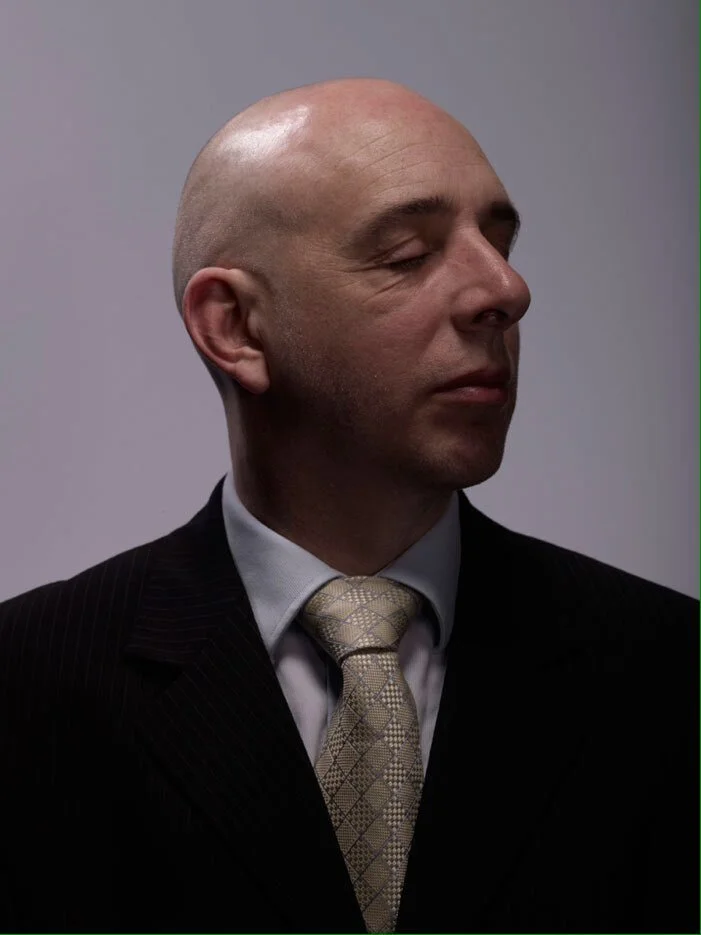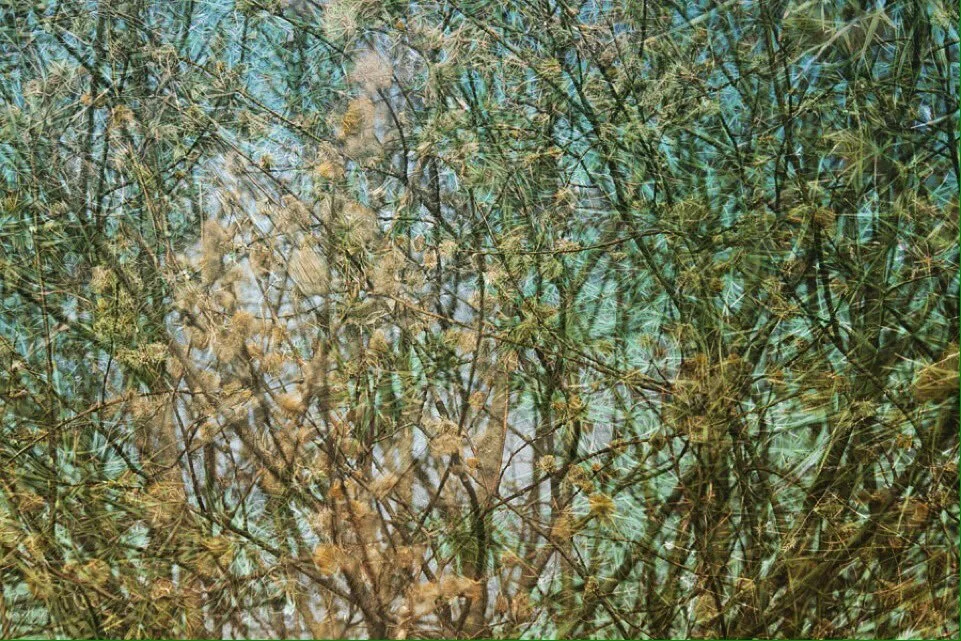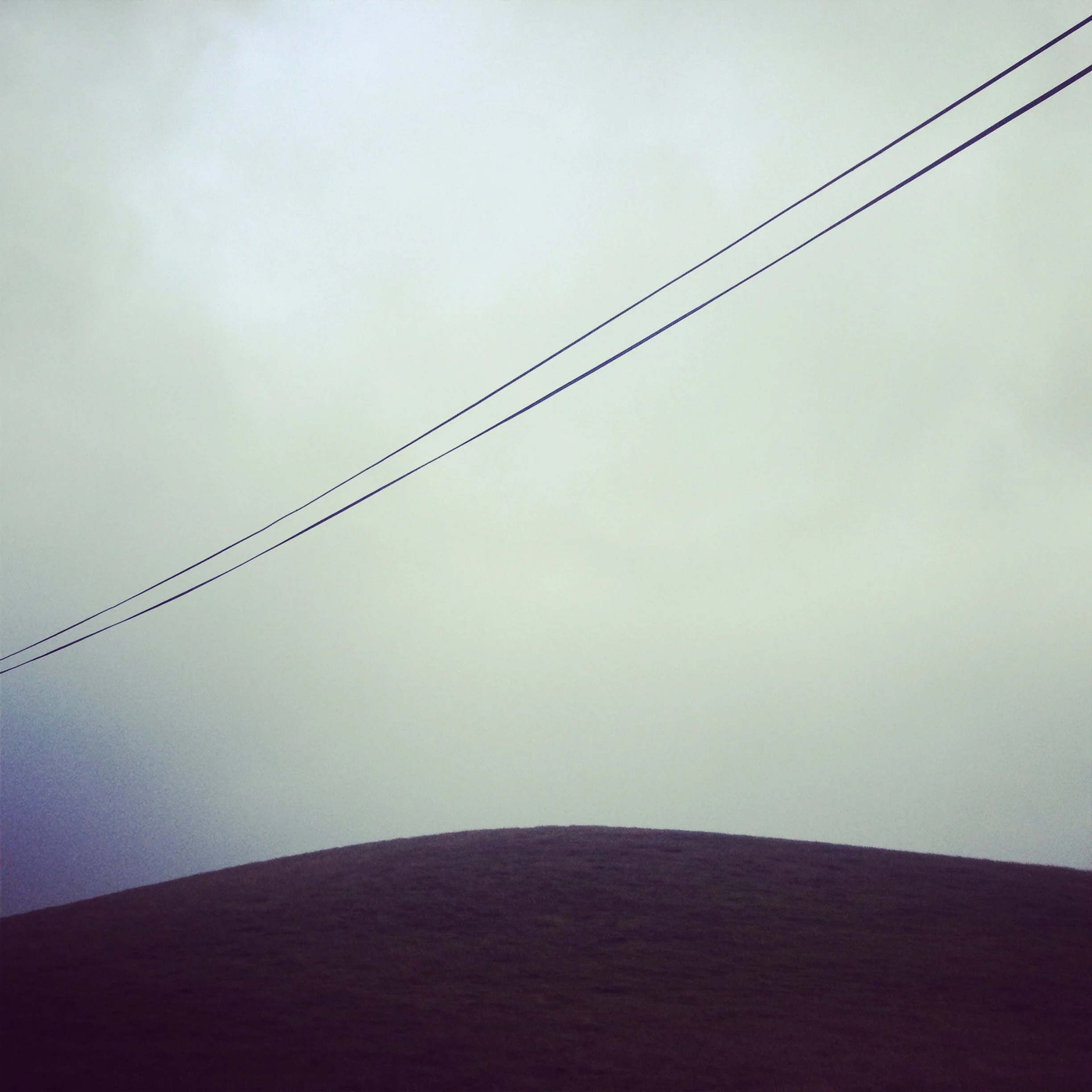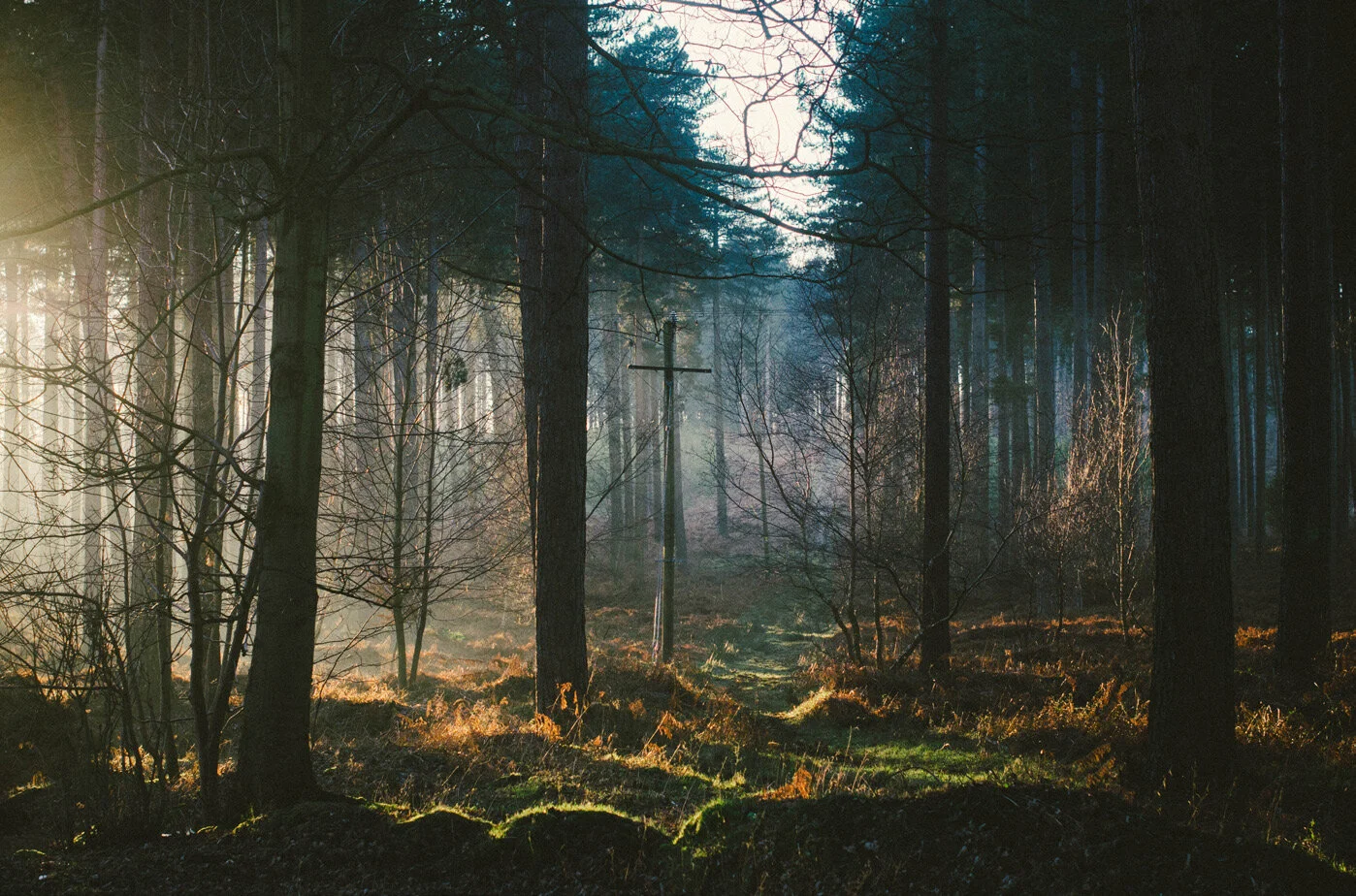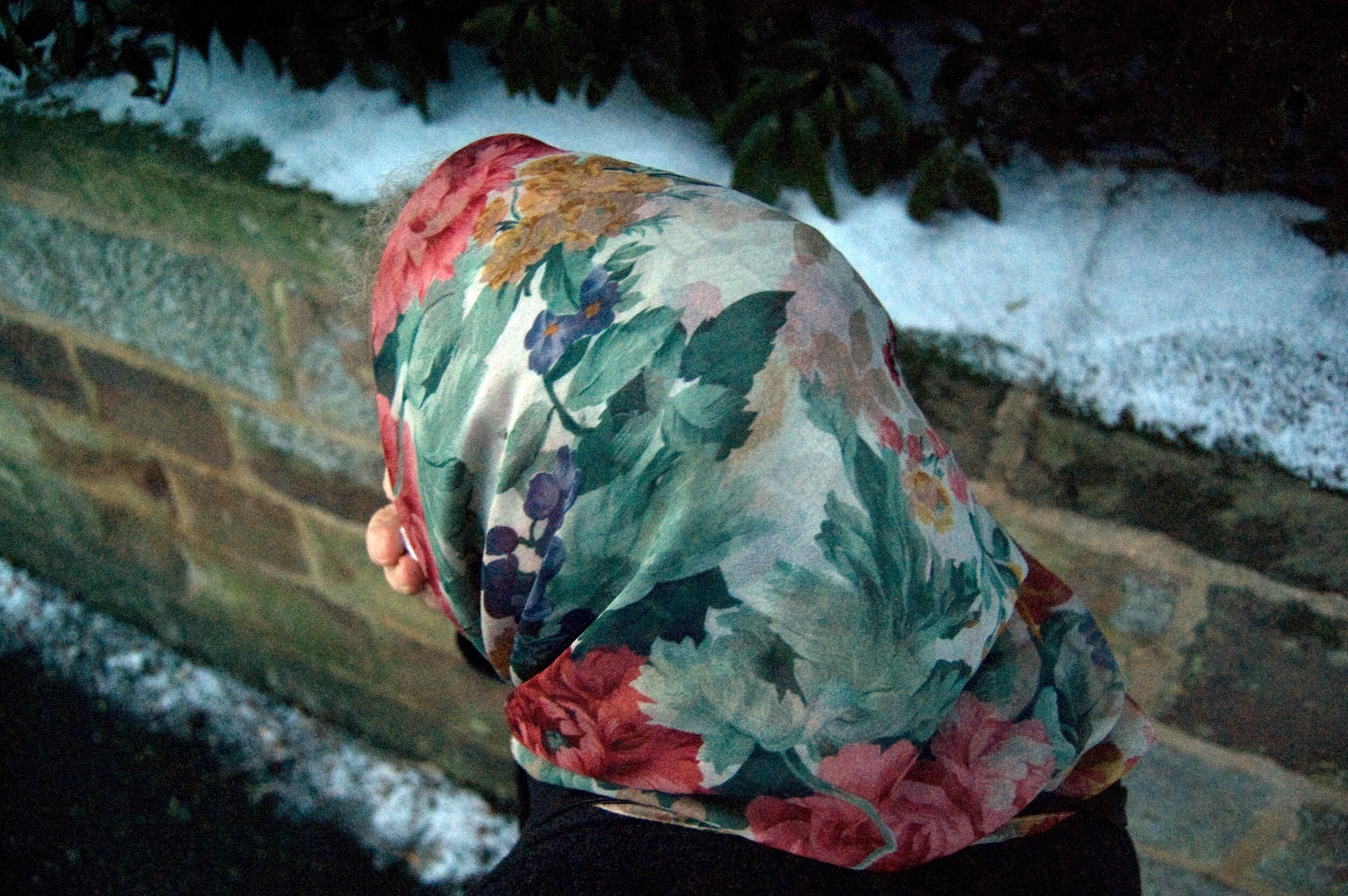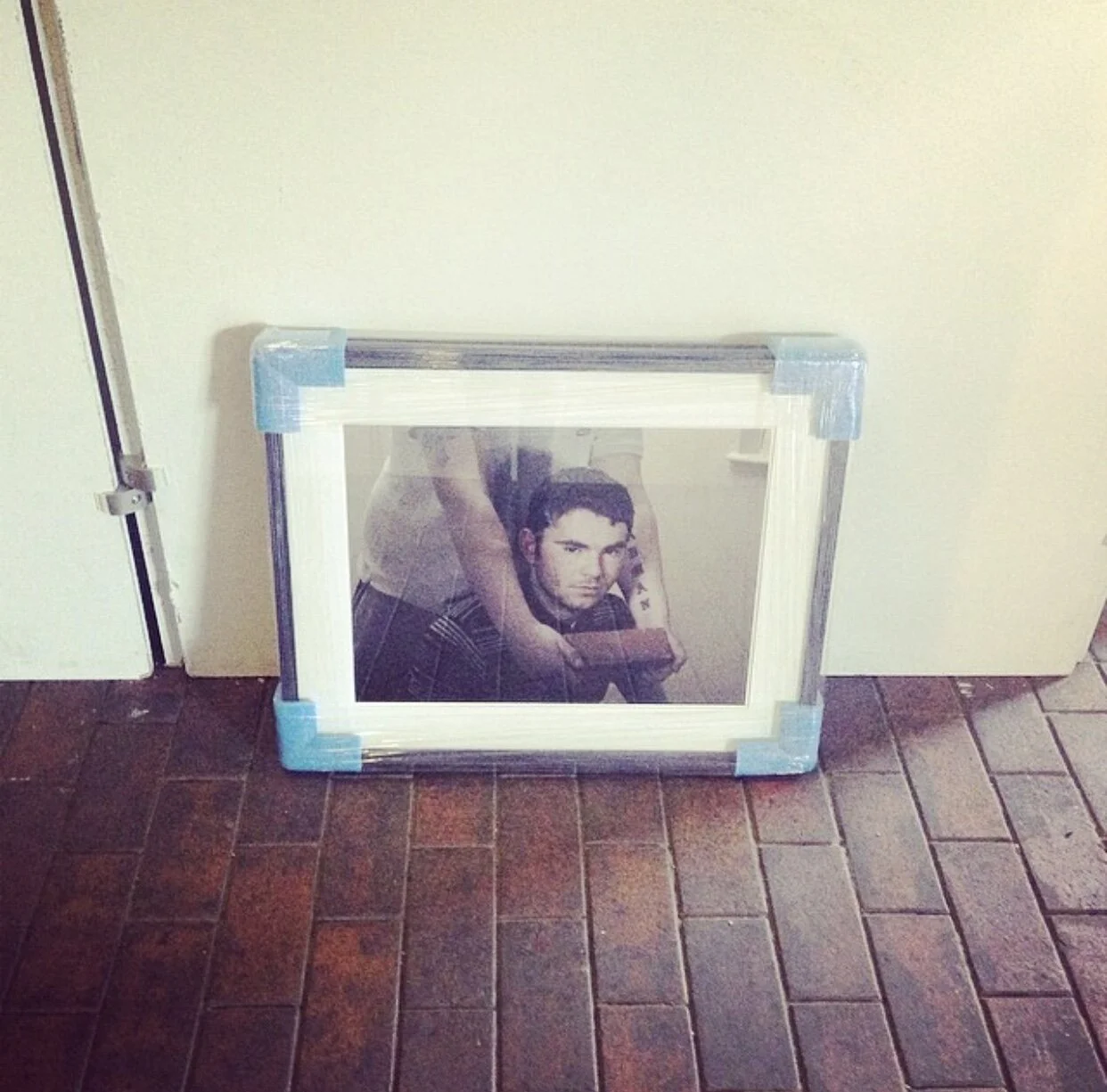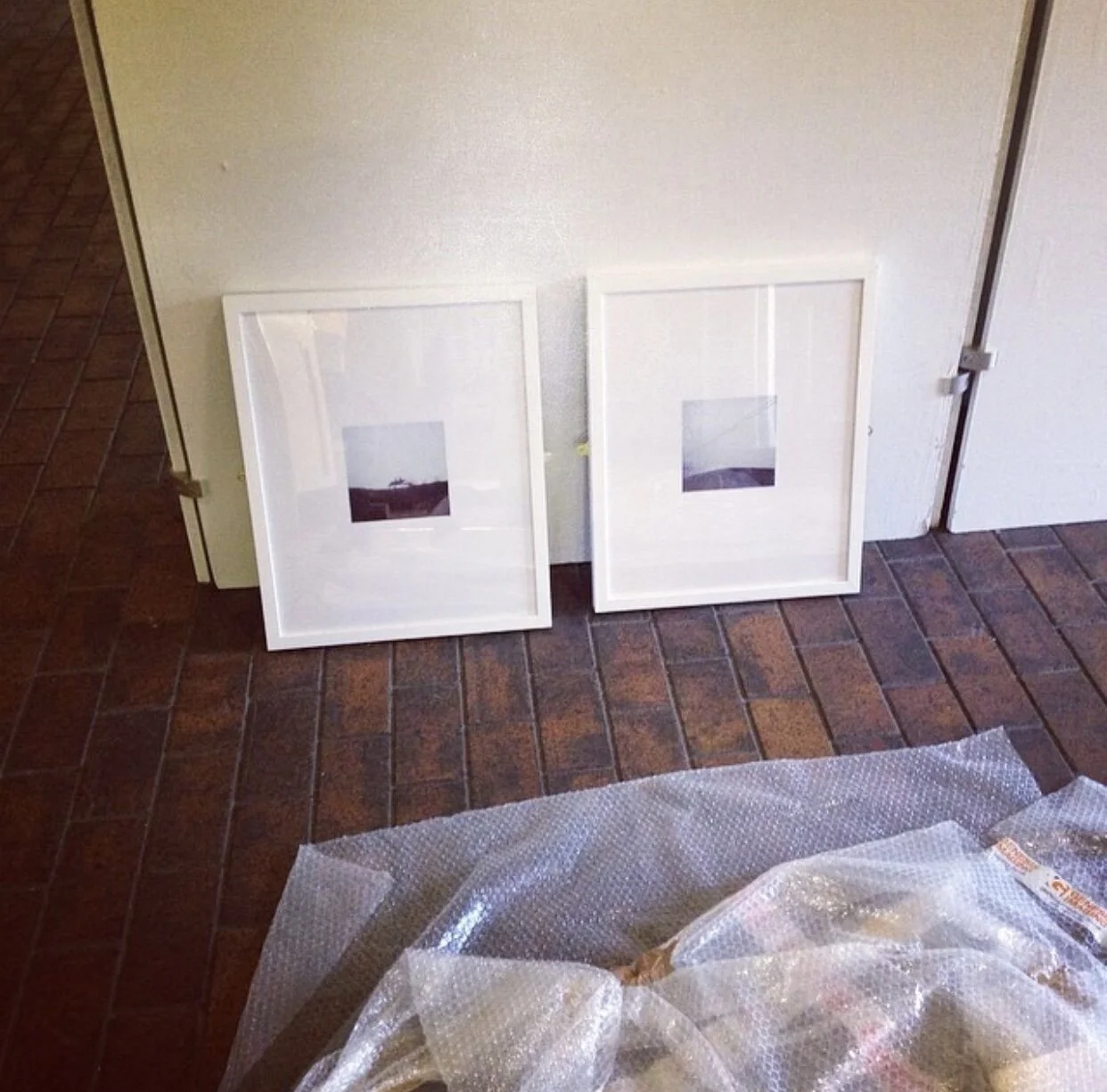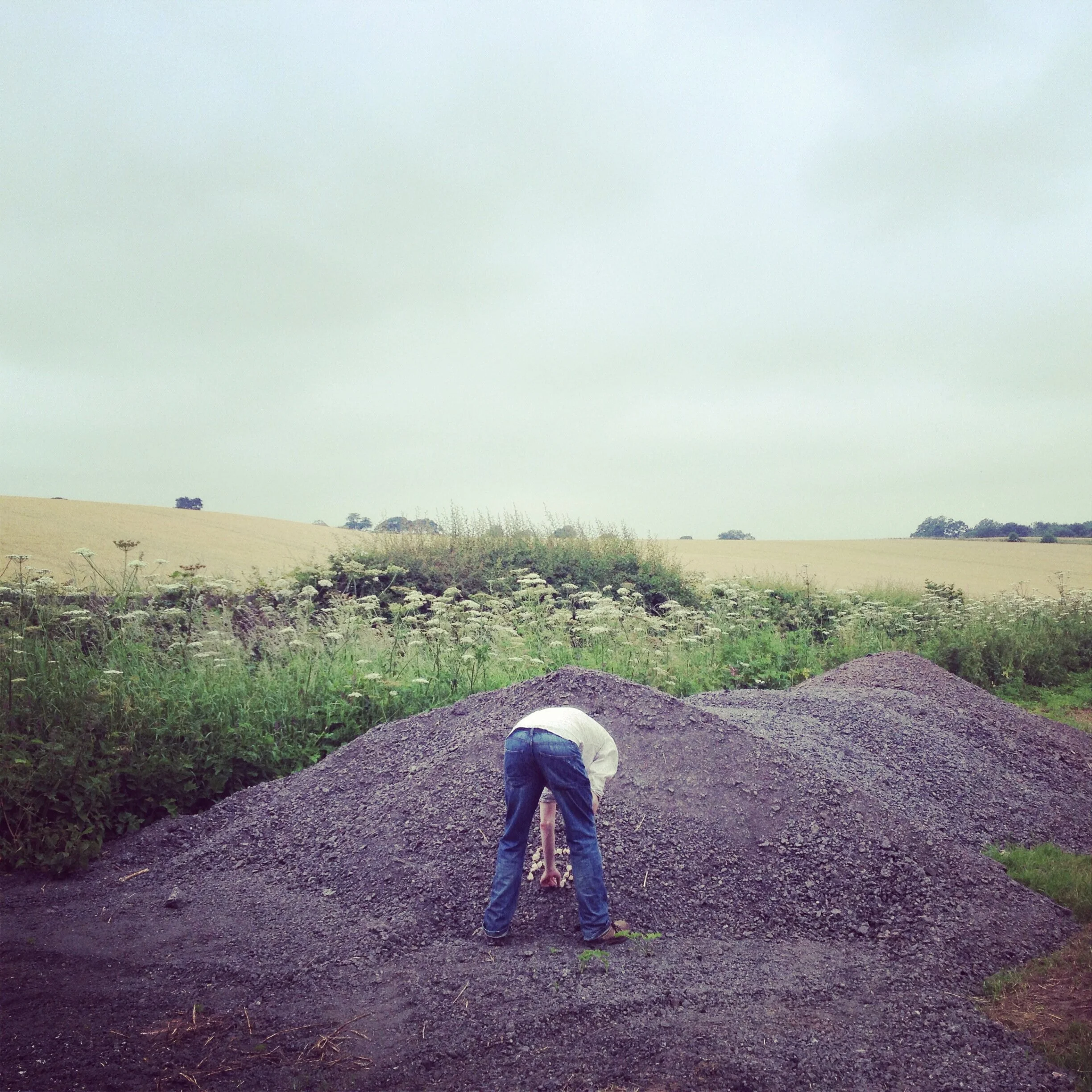
PHOTO - CANOPY 14
You might expect the boundary of a forest to be clearly visible, marked by the point where trees thin out into grass and open ground, but in the case of the National Forest, which occupies an area of around 200 square miles and spans the counties of Derbyshire, Leicestershire and Staffordshire, you'd be mistaken. Of course, a boundary can be marked in many ways, and those made by physical and natural transitions - between coastline and sea, mountain ranges and valleys - are in a minority. Most boundaries are imaginary constructions, administrative markers, lines on maps that refuse to reveal themselves in the landscape when we stand where the lines are, if our maps are to be believed.
Tracing the edge of the National Forest is a question of continually crossing and re-crossing an invisible line. It fluctuates under our car's wheels as we drive from Burton-upon-Trent, with its futuristic silver brewery towers and red brick buildings, between the scattershot clutter of disposable architecture making up supermarket retail parks and industrial estates, bends itself around traffic islands and dual carriageways, weaves a path on which we encounter villages and fields of rare breed cattle, low stone bridges and reservoirs, reclaimed coalfields and ancient agricultural settlements. This KFC lies outside the boundary; that carpet warehouse or tyre workshop fits snugly inside. We see few trees in this part of the forest.
This is because the National Forest was not designated, or its boundaries drawn, to map a feature that already existed, but rather to mark out a space where a forest was envisioned. The area on the map that was chosen to become the National Forest in 1990 was selected precisely because its landscape, with former coalfield towns like Ashby-de-la-Zouch and Swadlincote at its heart, had only 6% of its total area covered by woodland, making the sustainable development of further tree cover both possible and desirable. That 6% had risen to 18% by 2009 and the proportion of actual forest to imaginary forest increases a little more each year, dependent on funding, weather and permissions to utilise land for the purpose.
WAYNE BURROWS 2014
For three years photographers Jill Cole and Brian Griffin embarked on individual residencies responding to the diverse heritage and evolving environment, which covers over 200 square miles. The exhibition presented new bodies of work and drew their responses together for the first time, with Cole's layered landscapes and Griffin's portraits of staff and students at Burton & South Derbyshire College. Mark Davies produced a series of land art pieces at certain points along the border of The National Forest, invited by Julian Hughes' whose project focused on walking the borderline of the forest. Marie Summerfield documented her own journey of the boundary as well as other artists invited to do so. Student’s at BSDC also produced work in response to set briefs during the residency and took part in several talks and workshops.
BRIAN GRIFFIN
ARTIST IN RESIDENCE 2014
Griffin’s iconic and often disconcerting 1980s images of the business world, or those made for LP covers by New Romantic bands like Spandau Ballet and Depeche Mode, his Eastern European flavoured portraits of Kate Bush, connect these new theatrically staged portraits with a lineage of image-making in which artifice and nature, te everyday and ritualistic coincide. Griffin’s Burton and South Derbyshire College series builds very purposeful connection between the re-invention of a landscape and the very British mutations of his own origins, re-inventing himself as one of the most influential photographers of the 1980s.
Griffin’s links to the formative years of New Romanticism seem revealing here. This was a cultural movement driven by the self-transformation of working class, regional and suburban kids into dandies and icons by sleight of hand, with makeup, clothes, a germanic and Central european sensibility, electronic music and cultural detritus of Modernism, all deployed to remake/remodel, as Roxy Music had succinctly ordered on the opening salvo of their 1971 debut LP. Griffin’s photographs of people working, living and studying inside the sustainably redefined landscape of The National Forest echo those 1980s portraits of musicians and business executives in their use of props, lighting and positioning to transformative effect.
Words by Wayne Burrows
JILL COLE
TRANSITION is a response to a changing and evolving landscape. The work references the social, economic and environmental layers of a landscape in transition. Through the selected planting of trees, a large defined area with deep industrial and agricultural history is being encouraged, in part, to revert nature. Te consumption of the past is being replaced by a hope for the future. The forest is incomplete, the vision not yet visible, as time plays its role in transition taking place. The fences and paths of today will one day be hidden by managed growth of tomorrow.
The works is presented in two parts. Transition l responds to the conflict in this landscape and the need to control itin order to bring it back to a natural state. it references the way in which nature itself fills voids left by human manipulation of the land and how this is being controlled through human intervention. In Transition ll, reference is made to how the trees are a catalyst for social change within the forest. Research cites physical, visual and mental access important aspects of this type of renewal. In this way the trees are leaving a wider mark on the landscape, a new connectedness and acceptance of future opportunity. The work draws together images of trees and land, layering the complexity and intangibility of the impact of the forest on the surface of the landscape in this process of change.
MARIE LA STARZA
Marie was invited to document journeys that several artists embarked upon at different points of the border walk, a personal narrative of the journeys and explored places that were rarely touched was produced in response.
A self published book was also created for the 2014 exhibition at the BREWHOUSE in Burton Upon Trent.
MARK DAVIES
Mark was invited to create responses to the boundary in 2014 and produced a series of land art pieces while walking a section of the forests border. His journey and creative responses were documented and Mark then produced a series of mono prints that were shown as part of the 2014 exhibit.
JULIAN HUGHES
Using the National forest online map, grid references and geo-tagging to chart the journey around the borderline of the forest Hughes walked parts of the border of the forest. This work documents a pilgrimage of this place, people, the incidental happenings and the creative responses he invited from others. These responses were displayed alongside his work in the form of prints, video and a book at the 2014 exhibition.
The chance encounters, staged actions and invited responses from others on his journeys are documented through photographs and intend to ‘speak of, give meaning to and sometimes disrupt the overfamiliar’.
Perec, G. (1974)
L E A R N E R S
R E S P O N S E
TOM RAWORTH
CHRIS MEAR
CHARLIE JAMES
T H E S H O W
DIRECTOR OF CREATIVE INDUSTRIES AT BSDC
C H R I S B E E C H
This has been a project close to my heart, and close to home. The National Forest is where I live and work, it is also where my family has their roots. My formative years were not spent here, and so I also have an ‘outsiders view’ of what The National Forest is, it’s heritage and social make-up. This has made me realise the importance of inviting artists to make work, to bring a fresh perspective and to ensure students look at their home with fondness and wonder.
CHRIS BEECH
THE NATIONAL FOREST
When we were first invited to be part of the Burton and South Derbyshire Photo Canopy project, it instantly chimed with potential for new interpretations of The National Forest’s growing natural and local presence.
Our strategic document for developing The National forest opens with a description of the forest as “rich in historic, ecological and cultural interest and reflected in a varied landscape”. There was an immediate match between this and the exploratory concepts offered to the artists; industrial, people, social concerns, landscapes, ecology, communities. The National Forest has always been about so much more than the trees (all 8 million plus at the current count) and we felt these concepts offered great potential for the commissioned artists to explore these different facets of the forest, and open inspirational windows on this transforming landscape for the students - for them to see anew where they live and study.
We are delighted to see the results of the project and how layering, the inhabitants and the boundary have inspired the artists. We work with these elements in our everyday lives at our desks at the National forest Company and it is stimulating to see the forest through different lenses, our views broadened and provoked.
Sophie Churchill OBE, Chief Executive, National Forest Company (2006-2014)
